We keep a fairly low profile at Backbone, working in the background while our esteemed stations take center stage. After all, we simply provide all or most of the technology infrastructure for our clients’ “white label” radio stations. That’s why it’s such an honor to be called into the limelight by “The Bible of Talk Radio”, as TALKERS Magazine was dubbed by Business Week Magazine.
I want to thank Mike Kinosian, TALKERS’ Managing Editor for telling the Talk Radio world about what Backbone has been doing to help the broadcast industry and hosts during this long COVID crisis, as well foster media learning in K-12 through college radio curricula.
See the full article at Talkers.com.
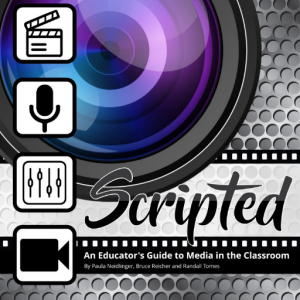
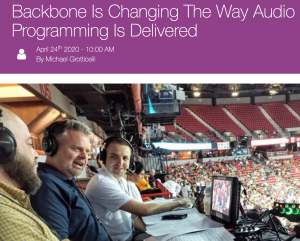
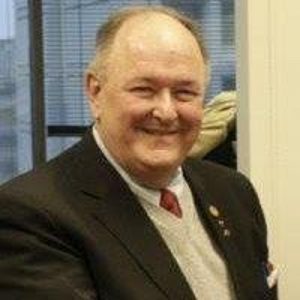

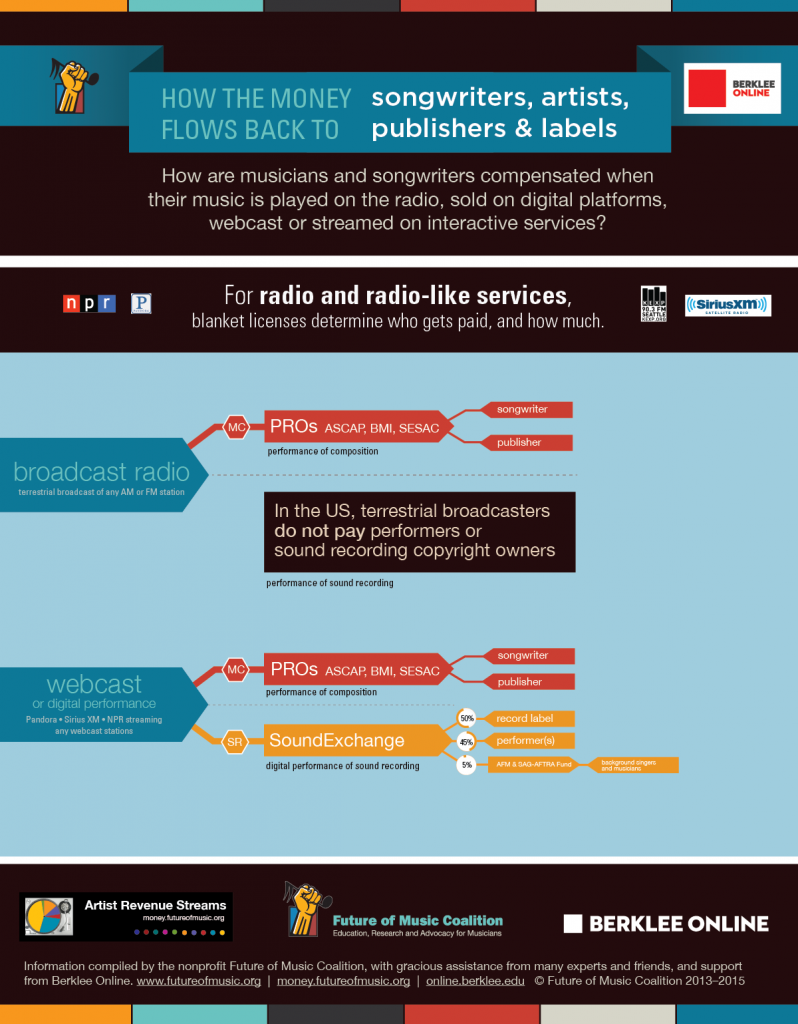


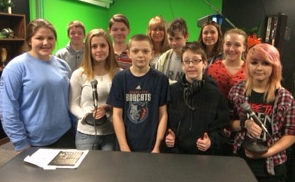 were finalists in five categories in the high school division, walking away with three wins:
were finalists in five categories in the high school division, walking away with three wins: 



